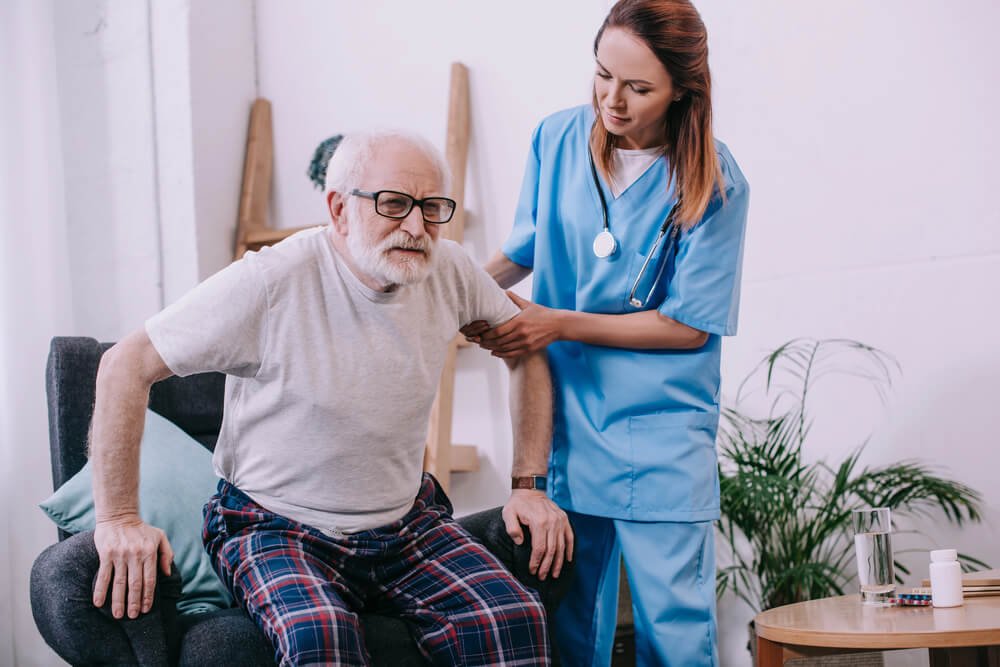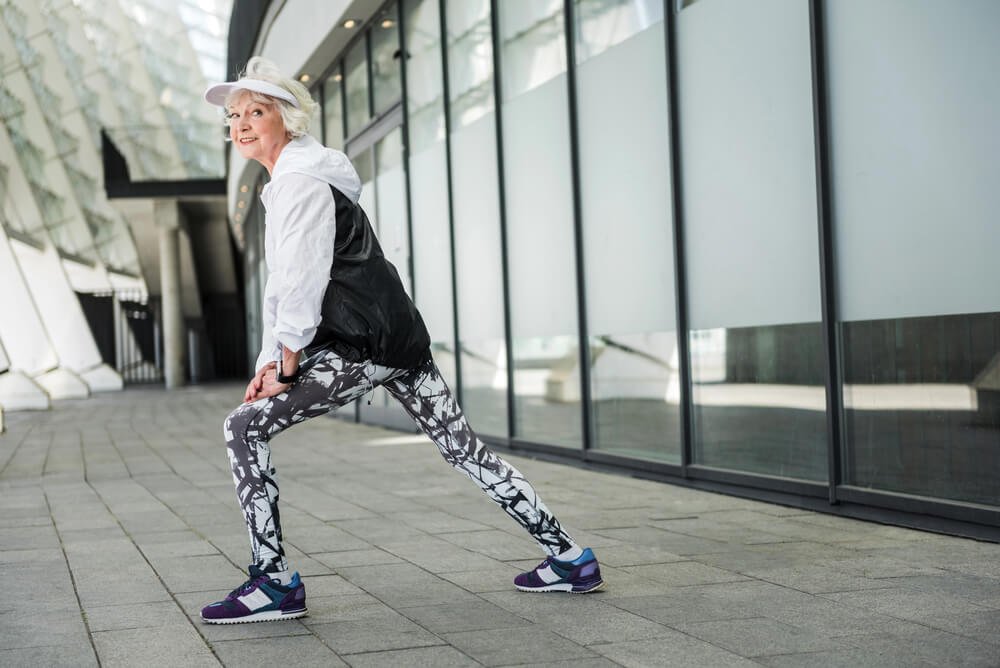As we age, our legs become the foundation of our ability to move, stay independent, and enjoy an active life. However, many seniors tend to shy away from leg-strengthening exercises, often due to concerns about safety or difficulty. In truth, strengthening the legs doesn’t need to involve intense workouts or heavy lifting—simple exercises can go a long way in improving mobility, balance, and overall well-being. Let’s explore four effective leg strengthening exercises for seniors that promote stability and strength, with easy modifications to fit your needs.
The Importance of Leg Strengthening for Seniors
Leg strength plays a vital role in maintaining balance and improving mobility, both of which are crucial for aging adults. Weak legs can lead to falls, limited movement, and a reduced ability to perform daily tasks independently. Fortunately, strengthening the muscles in the legs can help mitigate these issues, contributing to a healthier and more active lifestyle.
Here are a few key reasons why leg strengthening is so important for seniors:
- Improved Bone Health: Weight-bearing exercises that strengthen the legs also promote bone density. This is especially beneficial for seniors concerned about osteoporosis, as stronger bones help prevent fractures.
- Enhanced Stamina: Building leg strength helps seniors perform daily activities with more energy and less fatigue, allowing them to stay active longer.
- Pain Relief: Strengthening the muscles around the joints, especially for conditions like arthritis, can reduce discomfort and provide better joint stability.
- Reduced Fall Risk: One of the most significant benefits of leg exercises is their ability to enhance balance and coordination, which reduces the risk of falls—something that affects more than 25% of people aged 65 and older annually.
Now that we understand the importance, let’s dive into four simple yet effective leg exercises seniors can easily incorporate into their routines.
1. Sit-to-Stand
The sit-to-stand exercise is an excellent way for seniors to build strength in the quads, glutes, and core. This movement mimics the action of getting up from a chair, which is a vital skill for daily living. The best part is that it doesn’t require any special equipment—just a sturdy chair.

How to Do It:
- Sit at the edge of a sturdy chair with your feet hip-width apart.
- Slowly lower yourself to a seated position, ensuring your knees are aligned with your toes.
- Press through your heels and engage your glutes to stand back up.
- Repeat the movement 5 to 10 times.
Precautions: Make sure the chair is stable and doesn’t slip during the exercise. If standing up feels too difficult, try sitting down fully during each repetition before gradually progressing.
2. Marching in Place
Marching is a low-impact cardio exercise that mimics the natural movement of walking. It’s an effective way to improve leg strength, stamina, and balance. Plus, it can be done both sitting and standing, making it an adaptable exercise for all fitness levels.
How to Do It:
- Stand or sit with your feet hip-width apart.
- Lift one leg at a time in a marching motion, bringing your knee as high as you comfortably can.
- Lower the leg and alternate with the other leg.
- Start by doing 10 marches per leg and gradually work your way up to longer sessions, such as 2–10 minutes.
Modifications: For those who prefer a seated option, simply lift each leg off the floor in a marching motion while seated. To increase intensity, add resistance bands around your feet.
Precautions: If you experience discomfort in your hips or knees, stop and consult a healthcare professional. Gentle stretching after marching can help ease any tension.
3. Step-Ups
Step-ups are a functional exercise that mimics real-world activities like climbing stairs. This movement is not only great for strengthening the legs, but it also improves coordination and stability—key factors in preventing falls.

How to Do It:
- Stand in front of a sturdy step, stool, or staircase.
- Step one foot up onto the step, then bring your other foot up to join it.
- Step down one foot at a time and repeat the process.
- Complete 10 repetitions leading with one foot, then switch to the other foot.
Precautions: Always hold onto a stable surface like a railing or counter to maintain balance. Stop if you feel dizzy or unstable.
4. Side Leg Raises
Side leg raises target the hip abductors and glutes, muscles that play an essential role in stabilizing the pelvis and supporting balance. This exercise can be a bit of a balance challenge, but with the right support, it’s a fantastic way to enhance leg strength and stability.
How to Do It:
- Stand behind a sturdy chair or counter, keeping your feet hip-width apart.
- Shift your weight onto one leg while gently squeezing your glutes to raise the other leg out to the side.
- Lower the leg back to the starting position.
- Perform 5 to 10 repetitions on each side.
Modifications: If balance is a concern, try performing the exercise in bed. Lie on your side and lift the top leg up and down, alternating sides after completing the repetitions.
Precautions: Ensure you have stable support, such as a chair or counter, to prevent leaning during the exercise. If you feel any discomfort or difficulty balancing, stop and reassess your technique.
Getting Started and Staying Consistent
Building leg strength doesn’t require complicated equipment or long hours at the gym. By incorporating these four simple exercises into your daily routine, you can significantly improve your leg strength, balance, and overall mobility. Start with just a few minutes each day and gradually increase the intensity and duration as your muscles strengthen.
Remember, the goal is to make small, consistent progress. Whether you’re performing sit-to-stands, marching in place, doing step-ups, or adding side leg raises to your routine, every bit of movement counts. If you stick with it, you’ll not only strengthen your legs but also improve your overall health and quality of life.
As always, listen to your body and stop if you experience pain or discomfort. Consulting a healthcare professional before beginning any new exercise program is always a good idea, especially if you have pre-existing conditions or concerns. By making leg strengthening exercises a part of your daily routine, you’re setting yourself up for greater independence, fewer falls, and a healthier, more active life.



